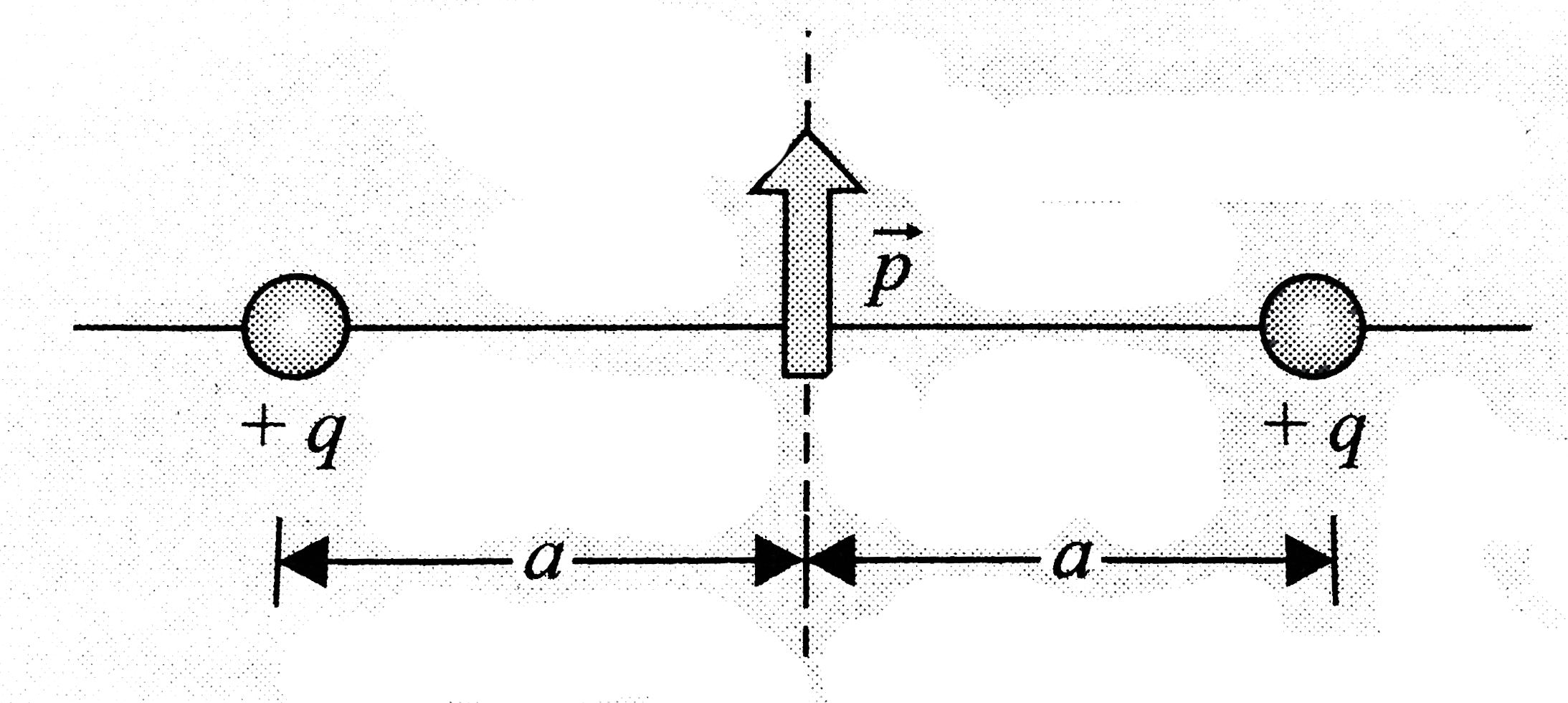Complete Solutions to Exercise 3.3 of chapter ELECTRIC POTENTIAL of Class 12 book with complete answers and questions
| Class 12 | PHYSICS |
| Chapter | ELECTRIC POTENTIAL |
| CENGAGE PHYSICS | Exercise 3.3 |
| Number Of Questions | 9 |
| Academic Year | 2023-24 |
An electric dipole of length 4 cm, when placed with its axis making an angle of `60^(@)` with a uniform electric field, experiences a torque of `4 sqrt(3) N m`. Calculate the
a. magnitude of the electric field, and
b. potential energy of the dipole, if the dipole has charges of `+- 8 n C`.03:47View SolutionAn electric dipole consists of two opposite charges each of magnitude 1 mC separated by 2 cm. The dipole is placed in an external uniform field of `10^5 NC^-1` intensity. Find the
a. maximum torque exterted by the field on the dipole, and
b. work done in roating the dipole through `180^(@)` starting from the position `theta = 0^(@)`.03:05View Solution(Fig. 3.95) shows four orientations of an electric dipole in an external electric field. Rank the orientations acording to the
a. magnitude of the torque on the dipole, and
b. potential energy of the dipole, greatest first.
 .05:04View Solution
.05:04View SolutionA In question 3, If the dipole rotates from orientation 1 to orientation 2, is the work done on the dipole by field positive, negative, or zero ?
B If, instead, the dipole rotates from the orientation 1 to orientation 4, is the work done by the field more than, less than, the same as in (a) ?View SolutionThe potential energies associated with four orientations of an electric dipole in an electric field are `(1) -5 U_0, (2) -7 U_0, (3) 3 U_0, and (4) 5 U_0`, where `U_0` is positive. Rank the orientationa according to the
a. angle between the electric dipole moment `vec P` and the electric field `vec E, and
B magnitude of the torque on the electric dipole, greatest first.05:00View SolutionA neutral water molecule `(H_2 O)` in its vapour state has an electric dipole moment of magnitude `6.2 xx 10^-30 cm`.
a. How far apart are the molecules' centers of positive and negative charge ?
b. If a molecule is placed in an electric field of `1.5 xx 10^4 NC^-1`, what maximum torque can the field exert on it ? (Such a field can easily be set up in the laboratory).
c. How much work must an external agent do to turn this molecule end for end in this field, starting from its fully aligned position, for which `theta = 0` ?06:14View SolutionWhat is the potential energy of dipole with charge particles system as shown in (Fig. 3.96) ?
 .02:41View Solution
.02:41View SolutionState the following statements as True or False.
a. Electric potential at any point on the bisector of a dipole is zero.
b. A dipole experiences maximum torque at the positive where potential energy is zero.04:22View SolutionA charge +q is carried from point `A( r, 135^(@))` to point `B(r, 45^(@))` following a path, which is a quadrant of circle of radius r ( Fig. 3.97). If the dipole moment is P, find the work done by the external agent (assume short dipole).
 .04:26View Solution
.04:26View Solution
Exercise 3.3 questions and complete solutions for chapter ELECTRIC POTENTIAL of CENGAGE PHYSICS (HINGLISH) of Class 12
